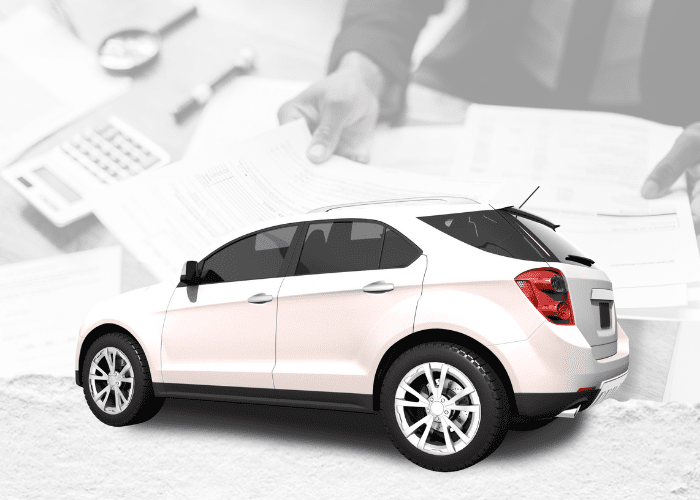
Where Is The VIN Number On A Car?
VIN stands for Vehicle Identification Number and it is a unique identifier assigned to every motor vehicle when it is manufactured. It serves as an essential reference for registration and insurance purposes, as well as providing important information about the car's history.
The purpose of VINs has evolved over time. They were first introduced in 1954 by the National Highway Traffic Safety Administration (NHTSA), which mandated that all manufacturers affix them to vehicles made after 1981.
Today, they serve multiple functions such as verifying a car’s authenticity for car insurance, title work, and aiding law enforcement with investigations into stolen vehicles. Furthermore, many third-party services rely on VINs to verify warranty coverage or check recall status. Knowing how to locate this critical number can be as important as locating the spare tire.
What Is A Vehicle Identification Number (VIN)?
Where is the VIN number on a car? The car's VIN is often in the driver's side door or on the inside of the driver's side windshield but there's a lot more to know about your VIN number.
A vehicle identification number (VIN) is a unique 17-character identifier assigned to each car manufactured. It is used by the automotive industry to identify individual vehicles and can help provide information about its history, such as when it was built, what type of car it is, where it was made, and more.
The VIN is typically located on your dashboard, door jamb, or engine block and contains valuable information that can be useful for many different purposes. One purpose is for registration with local motor vehicle departments when registering a new or used car. Additionally, insurance companies often use VIN numbers to track automobiles for purposes of assessing risk when providing auto insurance coverage.
The vehicle manufacturer also uses the VIN system to keep records of any recalls or service bulletins related to specific models and model year. As a car purchaser you can use the number to look up the vehicle's entire history!
Where To Find The VIN Number On Your Car
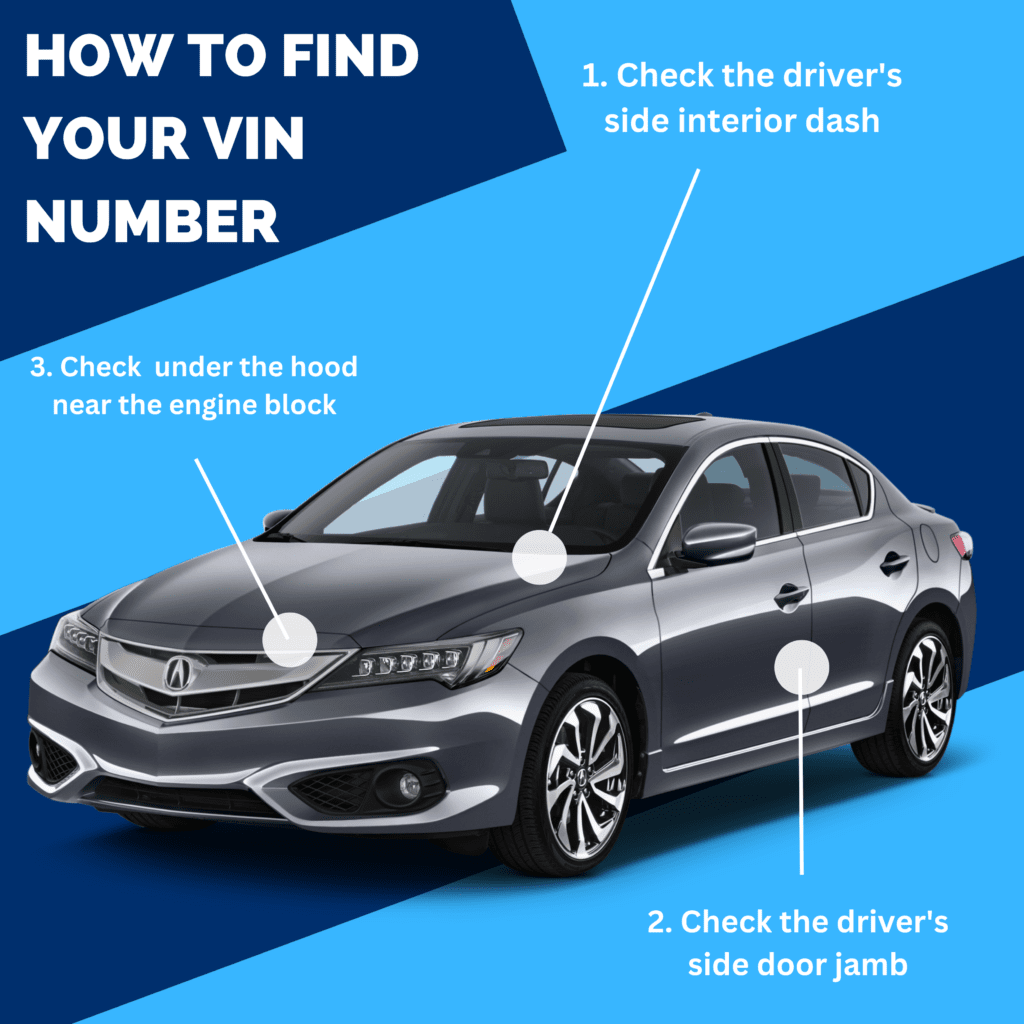
So where is the VIN number on a car? The Vehicle Identification Number (VIN) is an important piece of information for car buyers and owners alike. It provides a unique identifier for each vehicle, which can be used to track its history throughout its life cycle. Knowing where to find the VIN on your car is essential in order to access this information.
Find the VIN in these following places:
1.) Check The Dashboard Of Your Vehicle
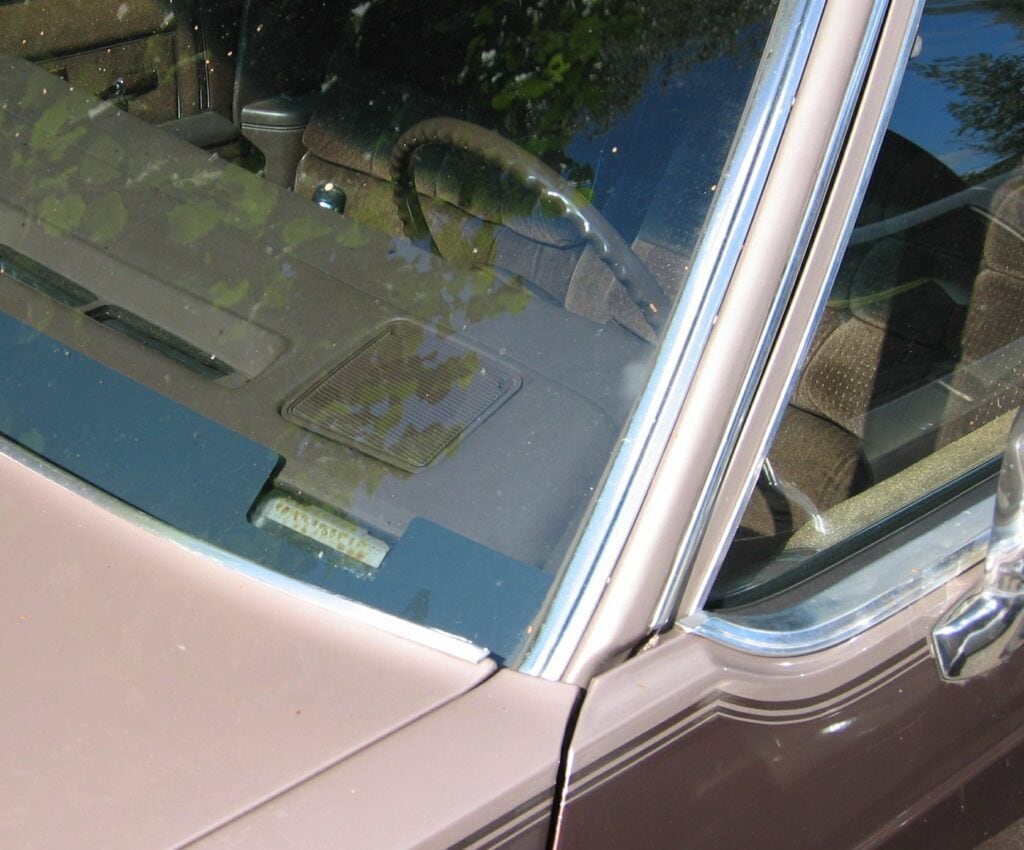
For most newer cars, the VIN number will typically be located between the base of the windshield and dashboard on the driver’s side interior wall. Depending on make and model, this unique number may also appear as part of a metal stamped plate or sticker affixed to other parts of the body such as doors, fenders or hoods.
2.) Look At The Inside Of Your Door Frame
For older automobiles, look at the inside of the driver's side door. The part of the car frame where the door latches on the driver's side (driver's door jamb) is where most VINs are.
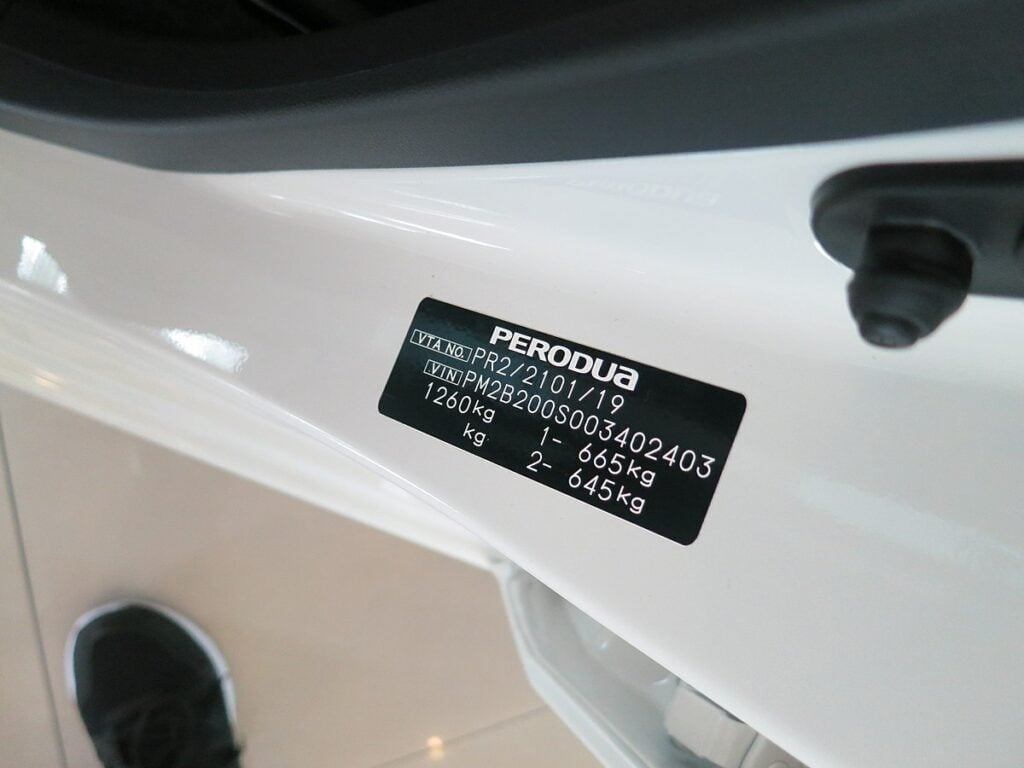
3.) Check The Engine Block
If you still can't find the VIN near the driver side doorpost check the front of the engine. In some cases, particularly with newer models, additional steps may need to be taken in order to reveal the VIN number. This could include removing plastic paneling from inside the engine bay or checking under carpets or upholstery within the cabin area.
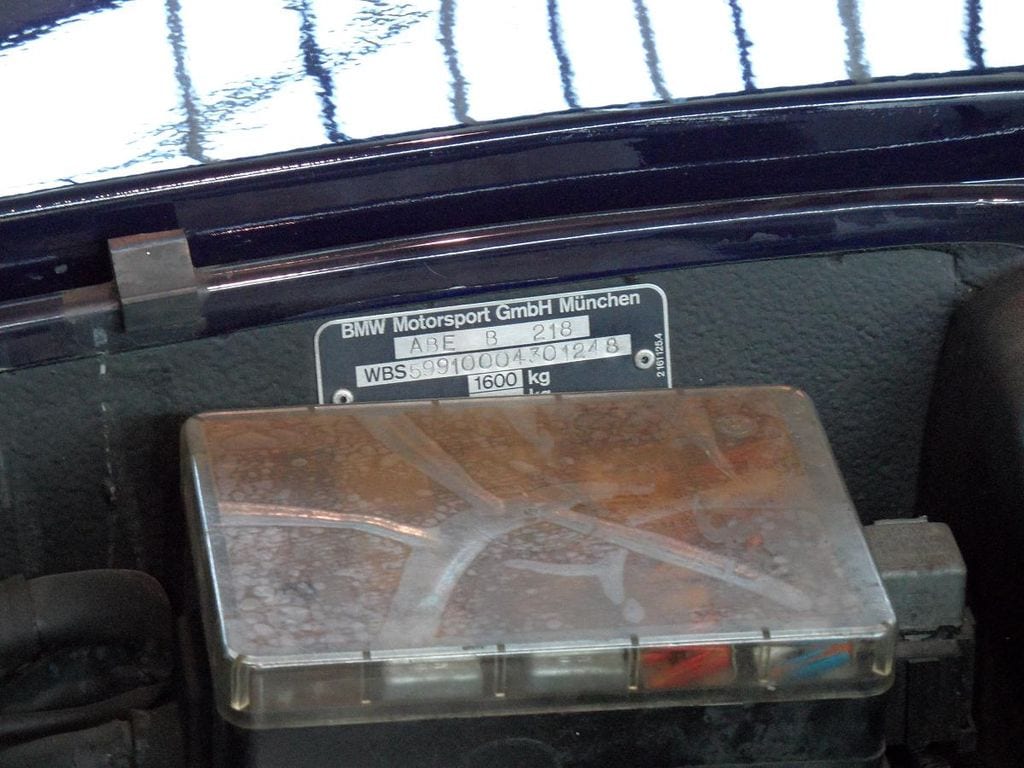
4.) Look At Your Car Insurance Card
Still not finding the VIN? Check your insurance policy.
5.) Check Your Owner's Manual
If it isn't near the driver door, your owner's manual will let you know where your VIN is.
6.) Call The Car Dealership Or Individual You Bought It From
If all else fails with the VIN, check with the person that sold it to you. You should always have a VIN as the current owner of a vehicle.
Once you have successfully identified your VIN number take note of any letters & numbers that may appear prior to its start. These prefixes indicate optional features fitted at point of manufacture and can provide further details about equipment levels included when originally purchased by its previous owner(s).
The Significance Of The VIN Number
The VIN is one of the most important pieces of information about a car. It can help buyers make an informed decision when purchasing and it helps to keep track of a car's history, making it easier for owners to stay on top of maintenance and repairs.
Knowing where to look for a car's VIN on the exterior of the vehicle can be helpful in many situations. A VIN is typically located at the base of the windshield inside the driver-side doorjamb, although this varies by manufacturer. The easiest way to find a vehicle's VIN is often simply looking through the windshield from outside the car.
When buying a used car, potential buyers should always ask for its VIN before they commit; not only will having this number allow them to research more easily into its previous ownership record but also inform them if any parts have been replaced due to accidents or damage sustained throughout its lifetime. For example, replacing the entire steering wheel mechanism or airbag type would mean that certain safety features are no longer present which could affect how safe someone feels driving in their new purchase - something that wouldn't show up in any other inspection tests.
Having access to a car’s VIN can go beyond just knowing who owned it previously however; with data gathered from manufacturers and dealerships, drivers can get valuable insight into maintenance scheduled and when various components were last changed or serviced – giving them peace of mind that all necessary checks have been done correctly. This means they won’t need to worry about unexpected repairs down the line because they know exactly what has happened within their automobile since day one!
Decoding The Characters In The Vin Number
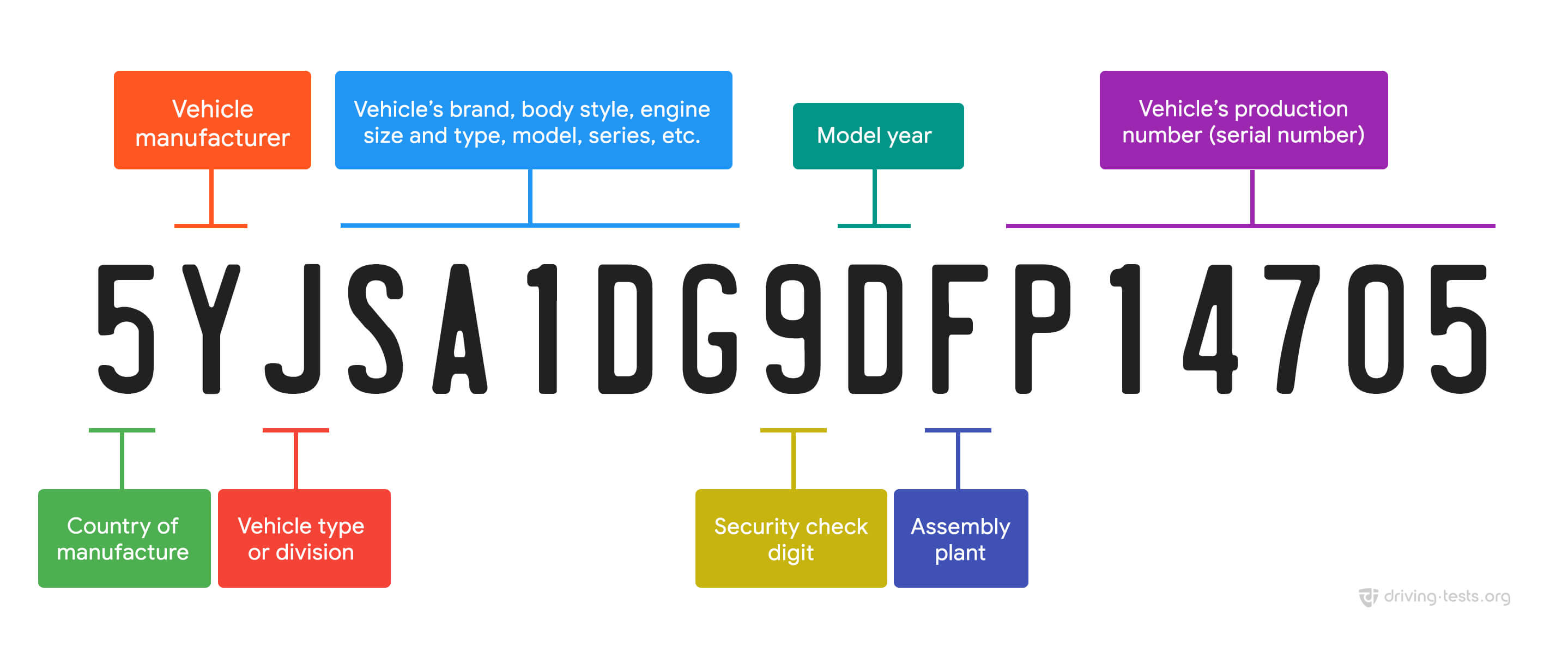
The Vehicle Identification Number (VIN) of a car is an alphanumeric security code that uniquely identifies it.
The VIN code contains 17 characters and offers invaluable information about a vehicle's history and features. The first three characters indicate the country of origin where the car was made, followed by other identifiers such as make, model, year, manufacturing date, manufacturing plant, and unique serial number.
For example: 1FAHP2F87HG171820 - this unique code shows that the car was produced in North America for Ford Motor Company in 2017.
Decoding each character from a VIN number reveals important details about any given vehicle:
1. First Character – These letters and numbers which region or part of the world your vehicle was manufactured in; typically Europe (E), Asia/Pacific (J), Africa (L), North America (1-5).
2. Second & Third Characters – These two digits reflect what kind of vehicle you have like SUV, sedan etc..
3. Fourth through Eighth Characters– This sequence will tell you specifics about your make and model along with engine type and size.
4. Ninth Character– This digit signifies if your specific model has undergone safety testing to meet certain standards set by U.S government regulations .
5. Tenth Character - This identifies the car's year it was made.
6. Eleventh Character - The number that identifies the assembly plant.
7. The last string of 6 or 7 numbers is your vehicle's serial number.
Knowing how to decode these numbers can help both buyers and sellers get more insight into a vehicle's past before making any decisions related to its purchase or sale value.
Using The Vin Number To Track Car History
The Vehicle Identification Number (VIN) is an important piece of information used to identify a car and its history. Found on the driver’s side door, visible through the windshield, or it may be printed on registration documents. Knowing where to find the VIN number is essential in understanding a vehicle’s past.
Car owners should have their VIN number readily available as this will enable them to access records about the car's repair history, previous vehicle title holders, recalls and accidents that have been reported by government agencies such as the National Highway Traffic Safety Administration (NHTSA).
Records from these databases are often incomplete but still provide valuable insight into whether a particular car has had any major issues over its lifetime. Using online resources like Carfax or Autocheck provides additional data including odometer readings at different points in time and ownership transfers.
This information can help buyers make informed decisions when purchasing a used vehicle and avoid potential problems. Additionally, some organizations offer free vehicle history reports using only the VIN number which can give further details related to maintenance performed on specific models.
Having knowledge of one's car's background not only helps consumers save money but also ensures they purchase reliable automobiles that meet their needs without compromising safety standards. With more awareness and tools available today than ever before, tracking down a vehicle's history is easier than ever before so drivers can buy confidently knowing what they're getting into ahead of time.
How To Read A VIN Number On A Motorcycle
When attempting to identify a motorcycle, the VIN serves as an important tool for tracing its history and registration. The VIN is typically located on either side of the main frame in front of the steering stem or headstock. It can also be found under the seat near the rear wheel fender, stamped into one of the engine mounting points at the front left-side cylinder block, or printed onto a sticker inside the glove box door.
The standard 17-digit VIN consists of three sections – World Manufacturer Identifier (WMI), Vehicle Descriptor Section (VDS) and Visible Vehicle Attributes (VVA). The WMI contains information regarding country of origin, manufacturer name and vehicle type; while VDS identifies model, the year, and platform variations within makes/models. Finally, VVA provides details such as body style code, engine size and transmission type.
However it may appear on a particular motorcycle, motorcyclists should verify their bike's VIN before making any purchase decisions. This helps ensure that they're buying from reputable dealers with legitimate bikes.
Checking online databases like Carfax or National Motorcycle History Report can provide additional resources for researching a potential acquisition prior to signing off on any documentation related to ownership transfer.
In addition to confirming legalities associated with purchasing a used motorcycle, closely inspecting all areas around the VIN can reveal warning signs indicative of possible tampering or fraudulence.
Depending upon what issues are discovered during this process, owners may want to consider further investigation before agreeing to anything finalizing their transaction agreement.
How To Protect Yourself From VIN Fraud
A VIN is an essential piece of information that should not be taken lightly. The VIN is the only way to accurately identify an individual car and provides important details about its history. To ensure your safety when purchasing or selling a car, understanding where the VIN number is located and what steps can be taken to protect yourself from fraud are key.
It is advisable to get copies of both title documents and registration papers containing detailed information regarding ownership history if available. Additionally, drivers should always check their state's motor vehicle laws concerning private party sales versus dealer sales prior to purchase. Furthermore, never rely solely on verbal descriptions provided by sellers–always verify facts with paperwork before signing any agreements or making payments.
When possible, consult with a reputable mechanic who can provide an independent assessment of condition including mechanical performance tests before finalizing any transaction between buyer and seller.
Knowing where your car’s VIN number is located and taking necessary protective measures prior to purchase can go a long way towards helping you make informed decisions when it comes time to buy or sell a car.
Frequently Asked Questions
Can I Check If I Have A Stolen Car Or If My Car Has Been In An Accident Using The VIN Number?
VINs are used to provide a unique identifier for each car and can be used to check if a vehicle has been in an accident or if it has ever been stolen.
Commonly, car owners will find their VIN printed on registration documents such as insurance documents or title papers.
With this information, individuals may utilize online resources like CarFax or DMV services to get comprehensive reports about any accidents that have taken place involving the specific car they are researching.
Because all road-safe automobiles are required to have car insurance, the VIN number can also track the location of a car. Your car insurance company uses VIN numbers to verify policies. It also allows law enforcement agencies to identify stolen cars, which makes it an important tool for recovering automobiles. When recovering a stolen car the police will use the VIN to identify the vehicle. You won't be able to know if your car is in a parking lot somewhere or outside someone's house with just the VIN, but you should be able to locate the address it is registered to.
In some cases, a VIN number may even help determine if any safety recalls have been issued for specific components in a car. Whether the recall is a seatbelt return, tire issue, or the engine's firewall, make sure you stay ahead by knowing your VIN.
How Do I Know If A VIN Number Is Valid?
Validating a VIN number is an important step when purchasing or researching a vehicle.
In order to check if the VIN number is valid, you should use any of several online services that specialize in decoding and validating them. Each service will provide different levels of detail on the information associated with the specific VIN number.
The most reliable services are those backed by government agencies such as the National Highway Traffic Safety Administration (NHTSA) or state motor vehicles departments. Additionally, some auto manufacturers have their own databases where users can cross-reference a particular VIN for further validation.
Once these steps are completed, it's possible to gain insight into a car’s history regarding vehicle manufacturers recalls and other pertinent information related to its past ownership.
Know Where Your VIN is When Its Time To Know
The Vehicle Identification Number (VIN) is an invaluable tool for verifying the history and current ownership of a car.
A VIN number can help to determine whether a vehicle has been in an accident, verify its authenticity, and even track its location.
It is essential that individuals store their VIN numbers securely so they can access it when necessary.
Knowing where to locate this information on your car and how to use it are important steps in becoming a responsible owner.
With the proper knowledge about the VIN number, you can make sure your vehicle stays safe and secure throughout its lifetime.
In order to donate a car you'll need to have your VIN ready! New or a used car? VIN number important either way. Vehicle Identification Numbers can also come in partial VIN form. Your door frame should have the numbers if you can't find the vin label.







